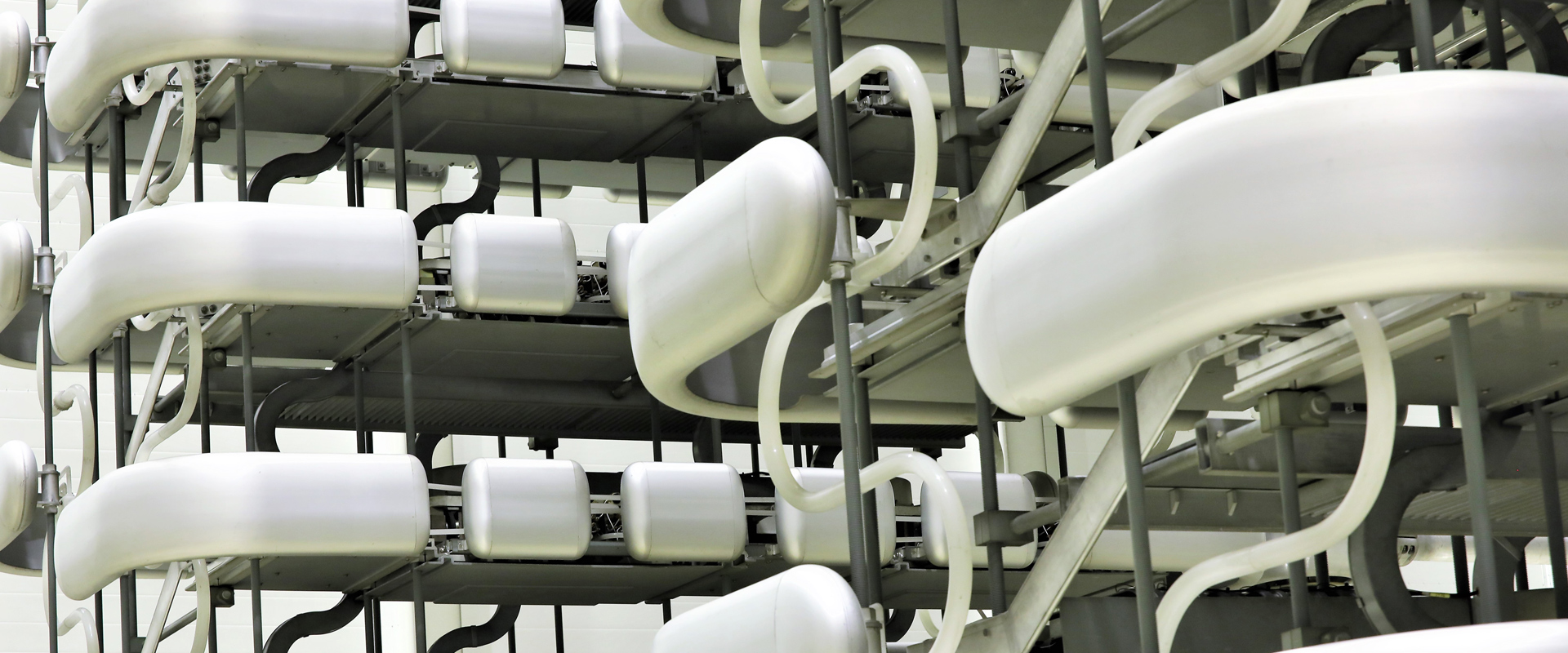GRI 103-2
GRI 103-3
Key projects in the area of innovation, research and technical development
- Building a Fundamental Market Model (FMR) combining the MC FB/ATC and LMP market models, a network model and a remedial action model for the synchronous area of Europe
The aim of the FMR project was to build a simulator of electricity market model covering selected European countries of our region. The fundamental model of the European power system in a nodal solution (i.e., at least the 220 kV and 400 kV grid for a large part of Europe) and the model of the generating units is as detailed as necessary to solve the
Optimal Power Flow and
Unit Commitment. task. This tool will improve the quality of NPS planning and operation under the conditions of meeting safety criteria and minimizing the cost of energy supply to consumers by implementing NPS planning and operation tools based on a complete network model and locational pricing of electricity.
The research part of the project was completed in 2021.
- EU-SysFlexresearch project, funded by the European Union under Horizon 2020program
In 2020, with the support of its subsidiary PSE Innowacje, PSE continued its work in the
EU-SysFlex project, implemented with funding from the European Union under Horizon 2020 program.
The aim of the project is to develop principles for the management of the power system operation under conditions of a large share of RES generation and to analyze market solutions required to ensure the possibility of effective acquisition of new system services. The project will also develop information flow management principles to ensure effective operation of the new services.
- OneNet research project funded under Horizon 2020 program
In October 2020 PSE became one of the participants in the international
One Network for Europe (OneNet) project, which aims to develop flexibility resources for power system management.
OneNet is a demonstration project for testing a market-based approach to procuring system services using flexibility resources connected to the distribution network. It is attended by representatives of European TSOs, DSOs, technology providers and research and academic bodies. Under the project, DSOs and TSOs will use services provided by customers and distributed generators and their aggregators. Various actions will be tested that can be used by operators - both DSOs and TSOs - to influence the power network to adjust the way it operates to changing network and balance conditions. The project is intended to develop, test and recommend solutions and mechanisms that will enable future use of flexibility resources. A key element of the project is testing the solutions developed in the demonstration implementations. They will involve the implementation of IT platforms used by market participants to provide services, which will be acquired by operators as needed. One of such areas will be created in Poland. The construction of the Polish demonstration area will be carried out by a consortium of Polish companies.
- Demonstration project in the scope of implementation of the NPS operational safety support system based on the Special Protection Scheme (SPS) and battery electricity storage
The project is intended to optimize wind farm generation to perform under the failure of critical coordinated grid elements (using energy storage facilities) when large wind generation is present. As of October 1, 2019, SPS operational testing was conducted to gather experience with the system.
In connection with the end of the monitoring period, on November 27, 2020, the Japanese government organization
New Energy and Industrial Technology Development Organization transferred ownership of the SPS scheme equipment to PSE free of charge, and thus the project in this part was terminated.
The project also aims to confirm the feasibility of using battery-based hybrid electricity storage to provide system services, eliminate short-term fluctuations in wind farm generation, and price arbitrage. The project was funded in substantial part by the Japanese government's
New Energy and Industrial Technology Development Organization (NEDO). The entire project, including the electricity storage, is expected to be completed in Q2 2021.
- Substantive support in the field of analyses concerning the integration processes of the European electricity markets
The aim of the project was to support PSE in the development of regional methodologies required by the Network Codes, related to the process of integration of European electricity markets. In the project, special attention was given to the development of the
Flow-Based, capacity determination methodology, the cost allocation and coordination of countermeasures (
redispatching & countertrading and phase shifter settings), and the decomposition of capacity flows into subcategories necessary for the application of the countermeasure cost allocation methodology.
This task included the preparation of analytical and visualization tools, including:
- database and software tools to aggregate and visualize data from the test Flow-Based Core process,
- modules for analysis and aggregation of data concerning trading flows, decomposition, division and mapping of costs, as well as input files for the Visualizer tool developed on their basis,
- a prototype of a tool for coordinating phase shifter settings with user and administrator manuals and a Visualizer tool with documentation.
The project ended in April 2020.
- Analysis of the dynamic properties of Power Guardian/SmartValve devices and their interaction with the transmission network
The purpose of this work was to determine the feasibility of using devices for the purpose of increasing the reactance of overhead transmission lines, which should result in the unloading of overhead lines in the NPS. The task enabled the verification of the suitability of the
Power Guardian Smart Wires odevice and the characterization of the dynamic properties of devices of this type. Conducted simulations and analyses confirmed the validity of installing the devices in specific configurations of overhead lines and the beneficial influence of this class of devices on the dynamic states in the power system and on the operating conditions of the electronic line protection systems.
The project ended in March 2020.

 Number of works in 2020
Number of works in 2020
